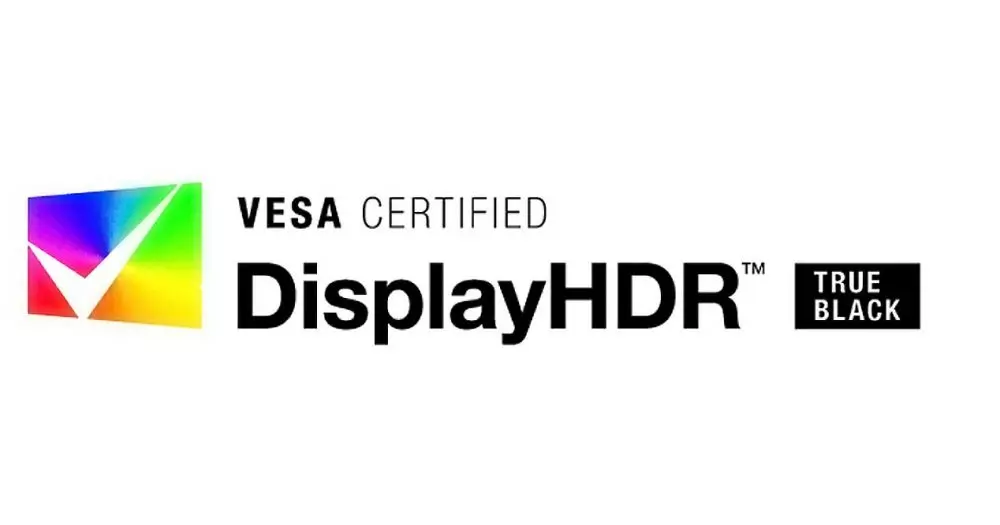
Well, the luminance in combination with the Chroma is what creates the colors that we see on the screen in a combined way and therefore if we make the luminance range much wider, and therefore have a greater number of values, then makes it possible to represent a greater number of colors and when the luminance level is very high, we decide is when we talk about HDR technology, which has a certain trap.
One of the initial problems with the first LCD panels is their low level of contrast, which is directly related to luminance. This was in stark contrast to cathode ray tube based panels where the luminance level was much higher. Even today, the great disadvantage of flat screen monitors is the luminance level, hence the development of HDR in order to improve its visual quality by improving the representation of colors and managing to conquer the last land in the world. that the old CRTs still maintain absolute dominance to this day.
The nits, the standard for measuring the level of brightness
According to the international system of units, we should use the measurement of luminous flux or lumen to talk about the light emitted by the backlight on an LCD panel or by the panel itself, we talk about an LCD, but it is a complex measure to understand for the thick of people and is that it is somewhat complicated, since its definition is as follows:
One lumen is equivalent to the luminous flux emitted by a uniform point source located at the vertex of a solid angle of a steradian and whose intensity is one candela.
It is therefore a difficult measure to understand and that is why the manufacturers looked for a much more understandable measure for the majority of the public and began to talk about candles per square meter. In many monitor specifications you will have seen how the term cd / m appears2. Well, cd is the shortening of candle which is candle in English and when we talk about candles per square meter we are talking about nits.
What happens if we place more and more candles on the same surface? Well, the mass or light density is growing. So the Nits are used to specify the degree of luminance that an area of the screen can receive or even something as simple as a pixel, which depends on the level of brightness that we can give it to achieve the representation of certain colors.
The DisplayHDR standard as a basis for the True Black version
Technology would not advance without common standards, that is an undeniable fact and that is why VESA invented the DisplayHDR standard for LCD screen which has several levels, which today are the following brightness levels: 400 nits, 500 , nits, 1000 nits and 1400 nits.
It should be clarified that the standard separates the luminance level from which is the chrominance or chroma, and this is important due to the fact that our PC does not separate the color of the images into chroma and luminance. That is why when we talk about a graphics card supporting HDR we are talking about 10 or 12 bits per component, but in the DisplayHDR standard this value is completely separated and does not refer to how the graphics card represents colors in HDR format in the VRAM, but in how the panel represents it.
The DisplayHDR standard is the standard version for LCD screens of different types such as now IPS, TN, and so on. Due to the nature of OLED screens, whose operation is different from LCD screens, the VESA created a separate standard for OLED panels.
What is DisplayHDR True Black technology?
Within the DisplayHDR specification there is a variant baptized as DisplayHDR True Black, which was announced for the first time in 2019 and was designed for monitors that use OLED panels or other technologies such as MicroLED, the latter allows the ability to achieve absolute black with respect to to each pixel turning off literally each one of them. So if you are going to buy a monitor, a good way to ensure that the panel actually has an OLED panel is through the DisplayHDR True Black certification, which ensures a level of quality black representation, being one of the strengths of this type of panel compared to LCD-based panels.
And what is DisplayHDR True Black certification based on? In that the panel when reaching its darkest or most absolute black point will not exceed 0.0005 nits, which in comparison with the DisplayHDR for LCD screen where the maximum level of luminance of black is 0.02 we are talking about a jump of 400 times in the lows. The other difference is in the fact that the panels that support the DisplayHDR True Black technology have the ability to dimming at the pixel level, while the standard DisplayHDR does it with respect to each zone or area of the screen.
The counterpart for the OLED version is that in exchange for achieving a much more precise black level, the same brightness capacity cannot be achieved, with the number of nits that can be reached 600 nits, which correspond to the DisplayHDR True Black standard. 600, the newest specification in the specification.






